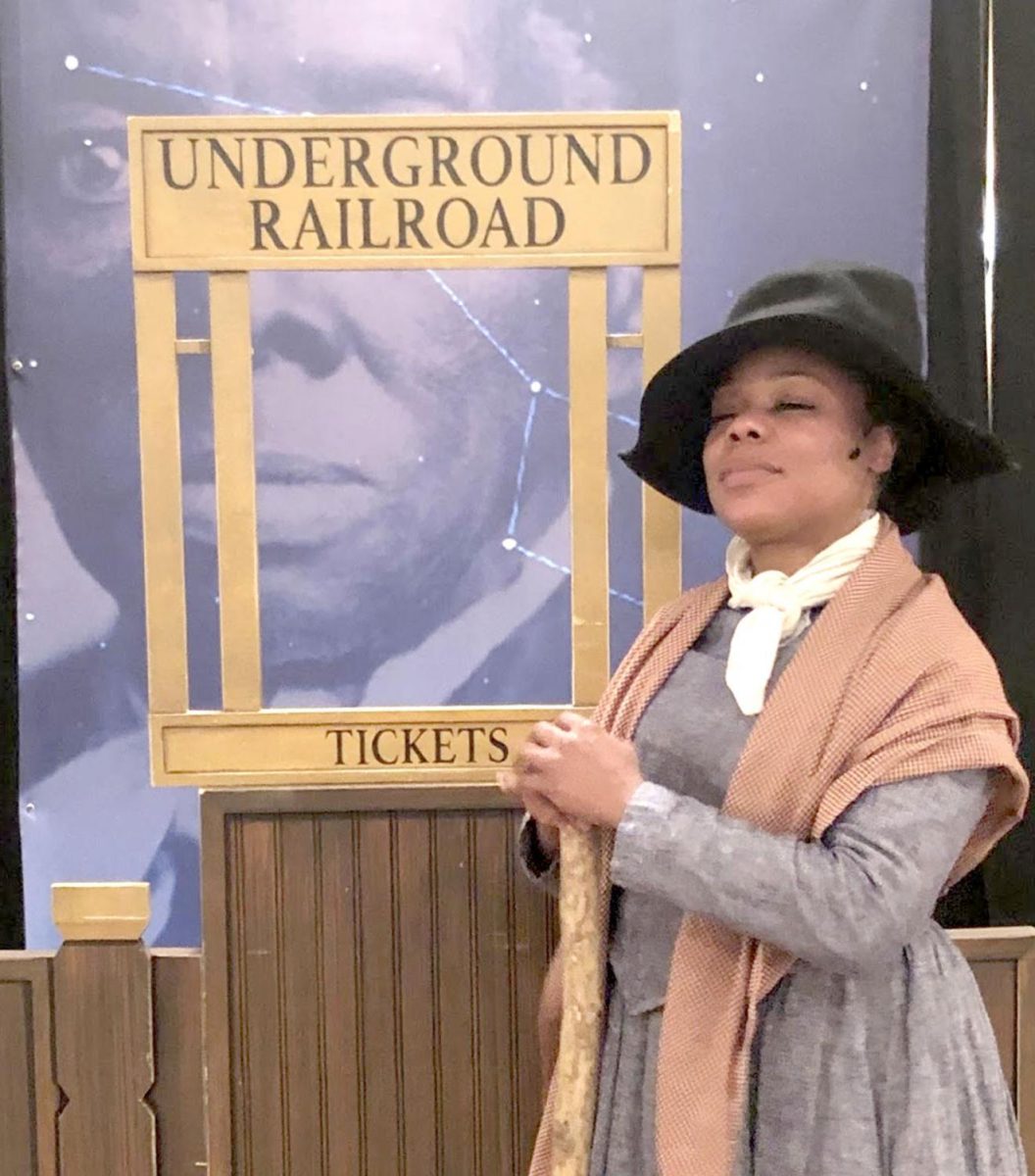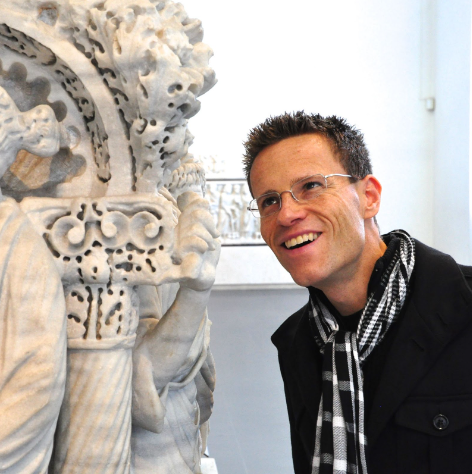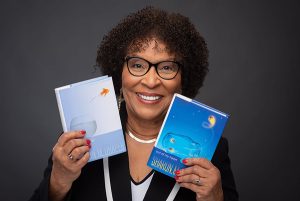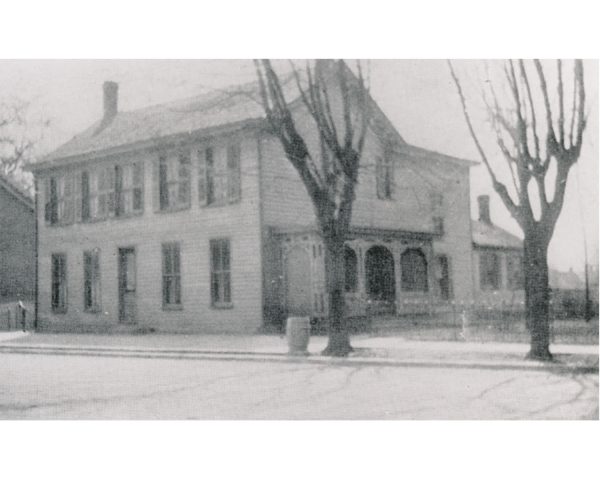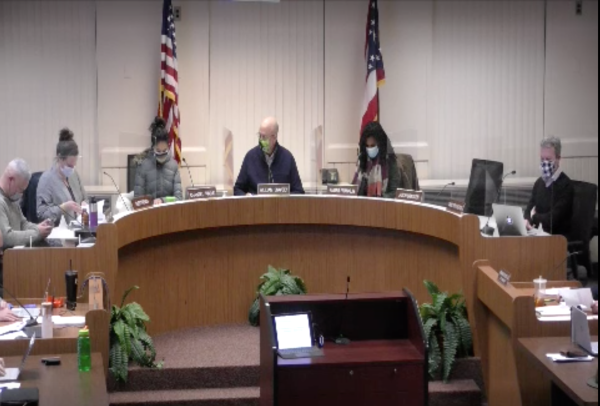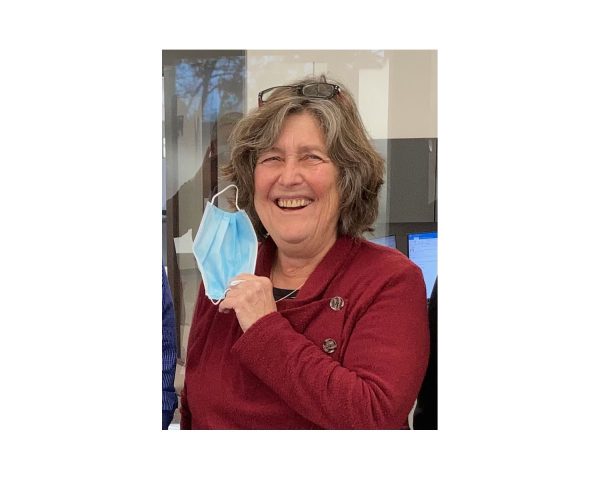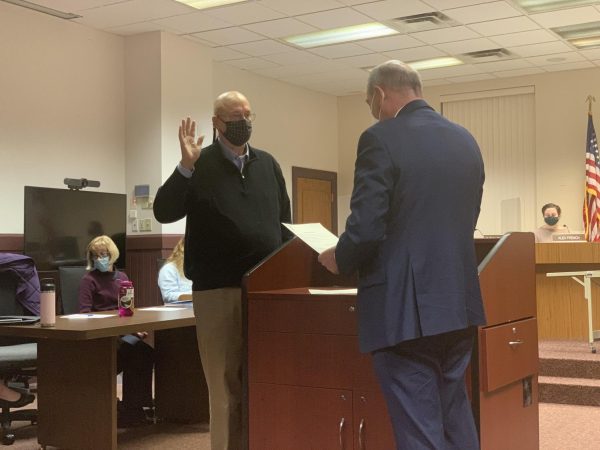Harriet Tubman play comes to Oxford
Brandi Sherrill, portraying Harriet Tubman in a one-woman show at the Oxford Community Art Center on Monday, interacting with the audience of children. Photo provided by Joseph Burtzlaff
February 28, 2020
The newest stop on the Underground Railroad: Oxford, Ohio.
On Monday, Feb. 24, the latest edition of “Harriet Tubman: Straight Up Outta the Underground” came to the Oxford Community Arts Center. Presented by the Children’s Theatre of Cincinnati, the performance was designed for children in the third through eighth grades.
Featuring a one-woman cast of Harriet Tubman, played by Cincinnati actress Brandi Langford-Sherrill, the performance had a combination of song, soliloquy and storytelling to teach the history of Tubman’s life and her historic work along the Underground Railroad during the Civil War and the years leading up to the war.
Starting with the story of Moses freeing Pharaoh’s slave in ancient Egypt, Tubman highlighted her family’s history that began with her grandmother being brought over to America in the transatlantic slave trade. Embedded in the performance were tales of Tubman’s unique experiences as a slave, such as escaping her plantation but then returning to the south a staggering 19 times to help free over 300 slaves and lead them north to freedom.
As she told her story, she reached out to the youthful audience, asking them to join in singing songs sung by slaves during the time period. The audience participation was enthusiastic. Through hats and other accessories, Sherill, in her Tubman persona, would temporarily embody plantation overseers, her allies on the Underground Railroad, and other figures to give depth, perspective and a lively dynamic to the enlightening performance.
Sherrill, who also helped write the script, understood the importance of the performance’s interactivity for the target audience of youngsters. “We wanted it to be a storytelling interactive experience because . . . you know, it’s hard for a child to stay focused and sit through it so that’s where I inserted all the interactive stuff,” she said. “I have kids, so I know.”
The interactivity worked. The children and adults in the full room joined in the songs, and after the show, crowded around the performer to thank and hug her.
With the demands of performing such an engaging and invigorating show all by herself, one would expect that Sherrill would be constantly rehearsing to stay fresh and prepared, and she does, but added, “every show is like a rehearsal for me. I wrote it. It’s easy for me to know what’s coming next.”
Sherrill performs the show throughout the year. It is especially popular during February, which is Black History Month, with its slant toward youth education and history.
While the performance was designed to be educational for the audience, Sherrill said she also found it gratifying for herself. “It feels like exactly what’s needed,” she said.


